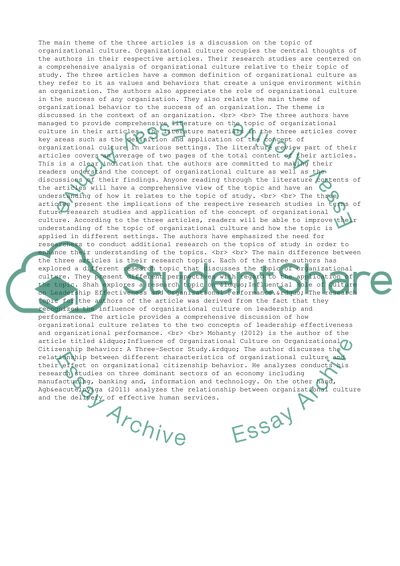Cite this document
( StudentShare, n.d.)
StudentShare. Retrieved from https://studentshare.org/management/1447441-organizational-behavior-article-contrast-paper
StudentShare. Retrieved from https://studentshare.org/management/1447441-organizational-behavior-article-contrast-paper
( StudentShare)
StudentShare. https://studentshare.org/management/1447441-organizational-behavior-article-contrast-paper.
StudentShare. https://studentshare.org/management/1447441-organizational-behavior-article-contrast-paper.
“ StudentShare”, n.d. https://studentshare.org/management/1447441-organizational-behavior-article-contrast-paper.


